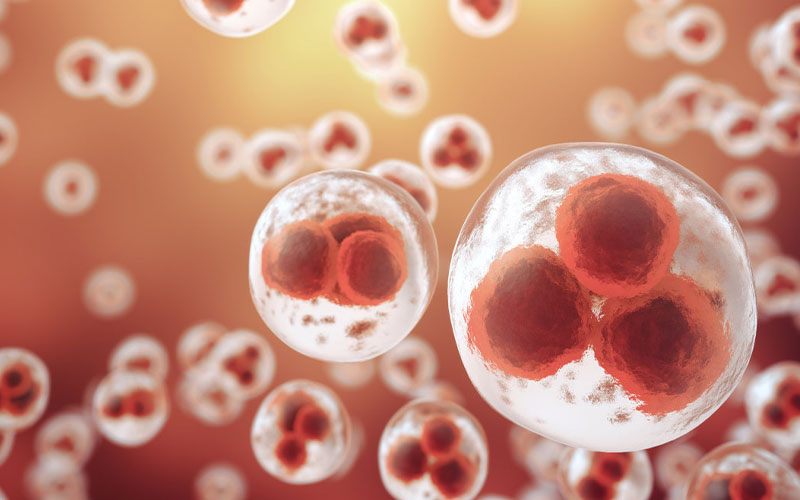
Introduction to IGY
Yolk antibodies refer to a variety of antibody proteins physically extracted from the yolks of chicken eggs, which produce specific, functional antibodies if the hens are subjected to targeted immunization; because they come from poultry, they are collectively referred to as yolk antibodies, abbreviated as IgY.
A series of functional studies on egg yolk immunoglobulins have shown that their functional characteristics are basically the same as those of immunoglobulins in bovine serum and colostrum. Oral administration of egg yolk immunoglobulins can obtain passive immune protection, thereby helping the body to increase its disease resistance capabilities.
Core Component: Immune-active protein, also known as egg yolk immunoglobulin.
Applicable Population: Infants, adolescents, middle-aged people, elderly people.
Advantage
- IgY is stable in performanceResistant to acid and heat, with high stability.
Therefore, it can be used for oral prevention of gastrointestinal infectious diseases, such as rotavirus gastroenteritis. - IgY is non-toxic to humansIgY is an immune protein extracted from egg yolks, which is different from antibiotics and is non-toxic and harmless for use in humans and pets.
- Gut Protection Function of IgYAfter IgY enters the gut, it can quickly establish a protective layer on intestinal wall cells, preventing viruses from invading.
- High Specificity of IgYCurrent research has found that IgY can treat a variety of diseases, such as fighting against Helicobacter pylori infection, antiviral infections, and in anti-tumor treatments.

Function Mechanism
The Mechanism of Action for Helicobacter pylori Immunoglobulin Y (Hp IgY):
Helicobacter pylori egg yolk antibody (Hp IgY) is enhanced through the scientific breeding and selection process, which fortifies the hen’s immune response to Helicobacter pylori, resulting in increased activity of the egg yolk antibody. IgY binds directly to the antigen receptors on the cell walls of the pathogens, thereby compromising the integrity of the bacterial cell wall. This disruption leads to the destruction of the pathogen’s internal cellular environment and ultimately causes cell death, either by directly killing the bacteria or by inhibiting their growth. It can also bind to the pathogen’s fimbriae, preventing adherence to the inner walls of the host body and facilitating their expulsion. Some of the IgY is broken down by digestive enzymes in the intestine into binding fragments that contain the antibody’s variable region peptides (Fab), which are readily absorbed by the intestine. Once in the bloodstream, they can bind to the pathogen’s adhesion factors, preventing the bacteria from adhering to susceptible cells and thereby neutralizing their pathogenicity. It exhibits four major efficacies: bactericidal, antimicrobial, anti-inflammatory, and preventative.


